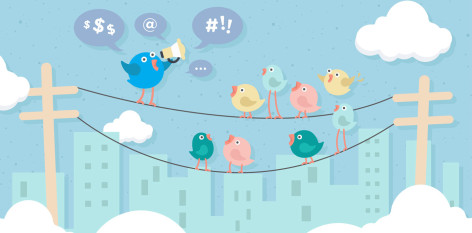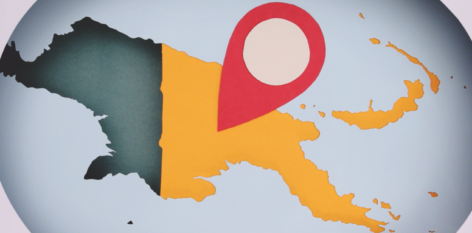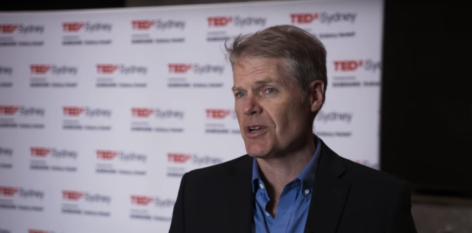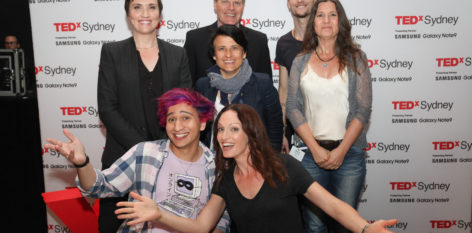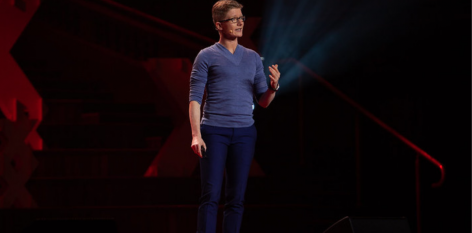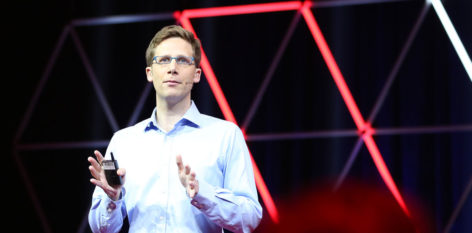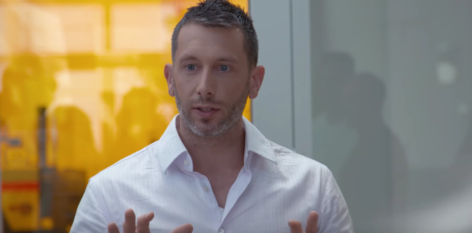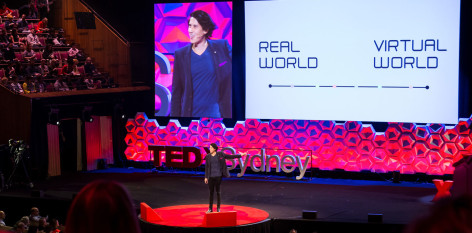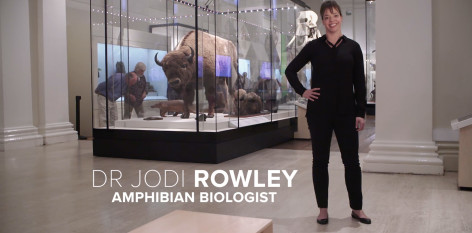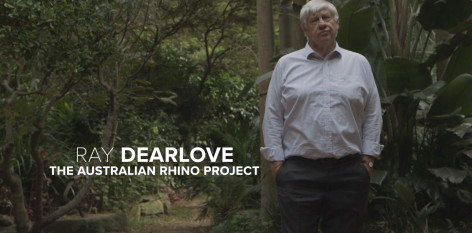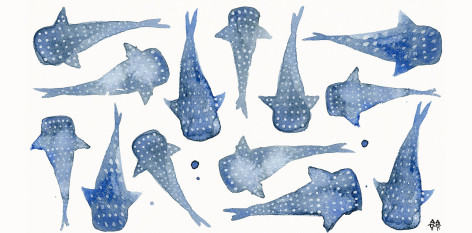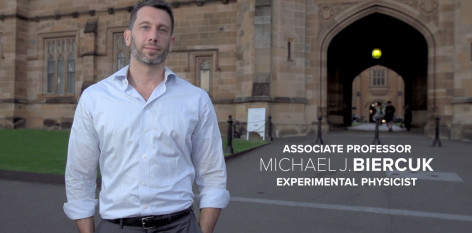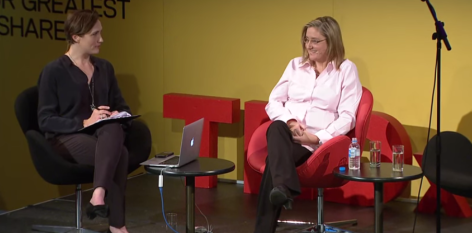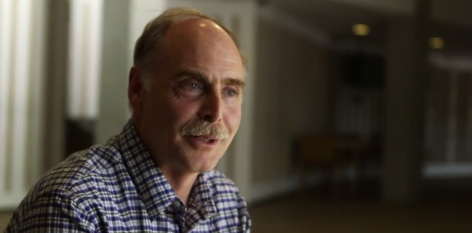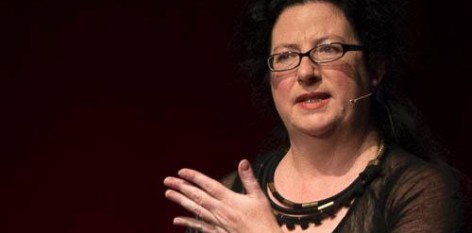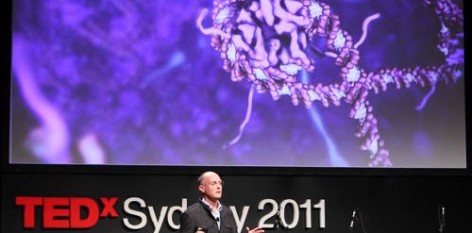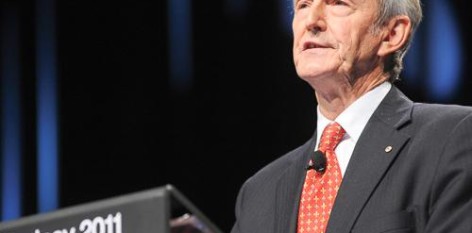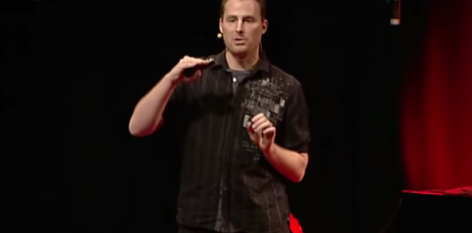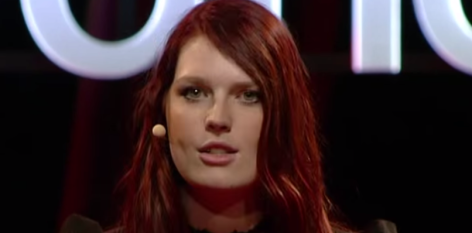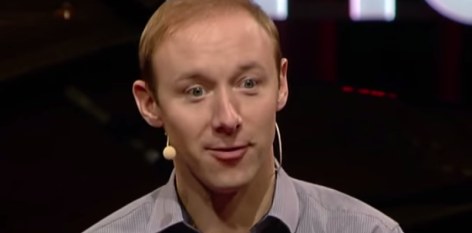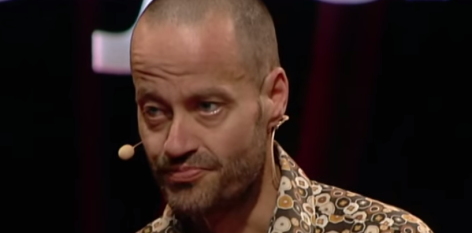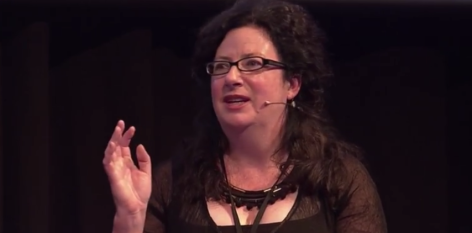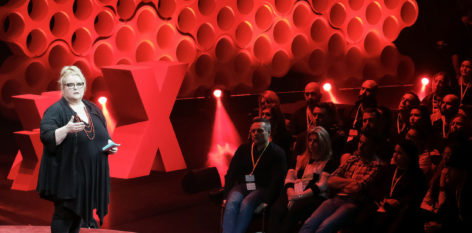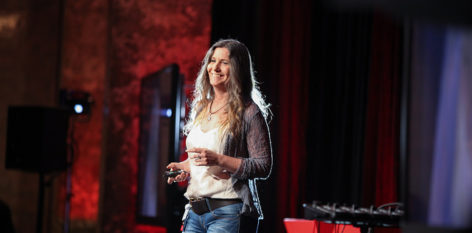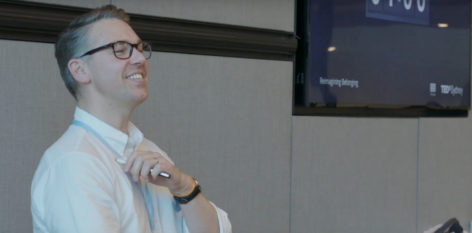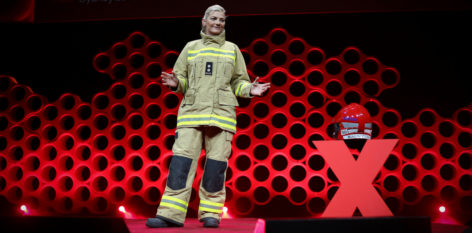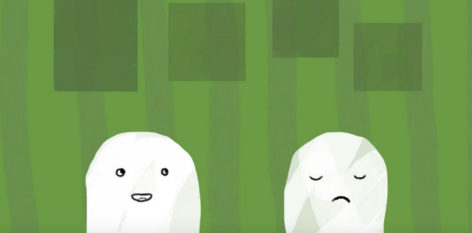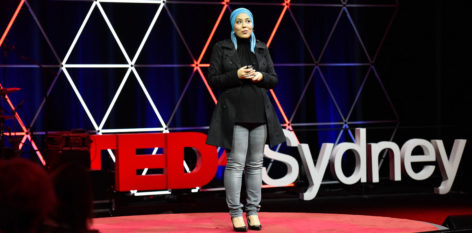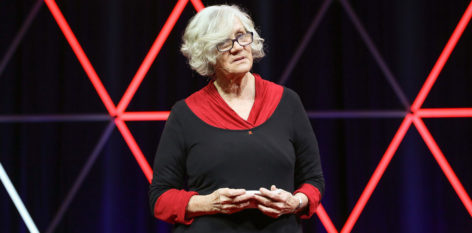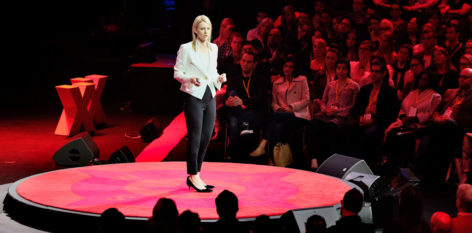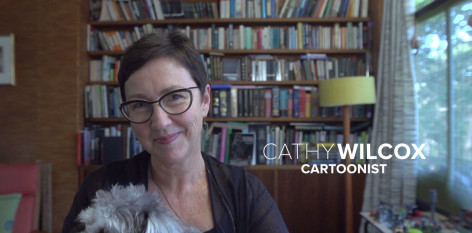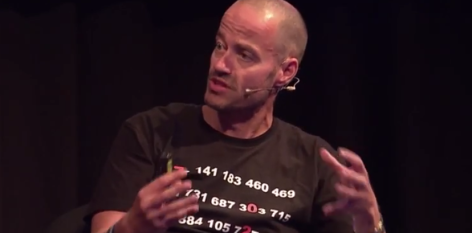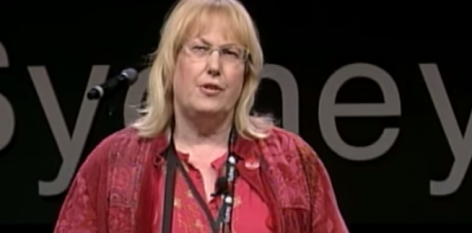As we discussed in the last article in our ‘How Ideas Spread’ series, our social networks play a critical role in the spread of ideas. Yet it doesn’t stop there, and that’s when the virus analogy comes in. Some social scientists argue that by looking at how viruses and diseases spread through our communities, we can better understand how ideas spread through our social networks.
A bizarre analogy, but nonetheless not a far-fetched one. Think about it: we even find ourselves using the same language—a video “goes viral” or a song is “infectious”—and have done so for ages (see here for more on its use throughout history).
So, let’s take a closer look at the arguments on both sides, and why the virus analogy is such a hotly debated topic among our social scientists.
Pro-Virus Analogy
Journalist and author Malcolm Gladwell (see his TED talks here) popularised the concept of “social contagion”—ideas and behaviours spreading through populations like diseases—in his book The Tipping Point: How Little Things Can Make a Big Difference. He claims that this concept isn’t just a metaphor but a very literal analogy and proposes three rules of “social epidemics”.
First, Gladwell introduces “the law of the few”, arguing that, like those who propagate an infection, certain influential people help tip an idea into widespread popularity (more on this in our next article).
Next, he describes “the stickiness factor”, suggesting that some ideas are more contagious than others.
Finally, he explains “the power of context” as the cultural environment that contributes to the spread of an idea. In one case study, Gladwell looks at the “epidemic of teenage suicide” in the South Pacific Islands of Micronesia in the 1970s and 1980s, concluding that “teenagers were literally being infected with the suicide bug”.
Sociologist and physician Nicholas Christakis (see his TED talks here) and political scientist James Fowler (see his TEDx talk here) also advocate for “social contagionism” in their book, Connected: The Surprising Power of Our Social Networks and How They Shape Our Lives. Through experiments on obesity, smoking, and happiness levels, they suggest that we pass ideas and behaviours from friend to friend like a virus, claiming that influence extends three degrees on average.
Christakis explains: “While your exposure to new ideas or to new information is an attribute of where you are in the network, your tendency to adopt a new thing is an attribute of you. It’s a similar case with germs: being at the center increases your risk of exposure, but whether or not you get infected depends on the resilience of your immune system”.
In their obesity study—famously featured on the cover of the New York Times Magazine with the headline “Are Your Friends Making You Fat?”—Christakis and Fowler used data on roughly 5,000 people over 32 years to show that obesity breaks out in clusters (YouTube video here) and that when one person becomes obese, his or her friends are 57 percent more likely to become obese too. The researchers hypothesise that the idea spreads, in part, through our subconscious social signals thereby changing our view of what is considered normal behaviour. So, when a friend gains weight, for example, our notion of what “obese” looks like slowly changes, and we allow ourselves to gain weight as well.
Anti-Virus Analogy
On the other hand, there are several major differences between viruses and ideas, leading some researchers to question the applicability of the virus analogy. Physicist turned sociologist Duncan Watts (see his TEDx talk here), has led the charge in critiquing the phenomenon of “social contagion”. Watts suspects the analogy is flawed, highlighting several key differences:
For example, whereas it is probably true that most people are susceptible to HIV, our susceptibility to any particular idea, product, musical artists, etc. varies tremendously, depending on our tastes, backgrounds, and circumstances. Unlike for influenza, to which you’re either exposed or not exposed, even the ideas you do encounter have to compete for attention with everything else that you’re exposed to. And unlike models of disease, which assume that disease spreads exclusively from person to person, information can be disseminated by the media and advertising as well as by word of mouth.
Watts goes on to make two major arguments against the virus analogy. First, he emphasises how difficult it is to identify pathways of influence, noting that there are other reasons behind much of what we ascribe to social influence. He flags the tendency of individuals to associate and bond with others who are similar, a concept often called homophily or “birds of a feather”. Some researchers have criticised Christakis and Fowler for failing to strip out all possible homophily effects from their calculations on obesity, and others have raised the participants’ shared environment as another possible confounding factor. (For more on the debates within the academic community on social contagion vs. homophily and environmental factors, see David Merritt Johns’ article, “Everything is Contagious”.)
Second, Watts believes that even when social influence does exist, it doesn’t spread in the same way that infectious diseases do, adding, “it may not even spread at all”. In a study of online diffusion, Watts and his colleagues found that “over several different domains—including every video and news story posted on Twitter over a month-long period—roughly 90 percent of all contagion terminated within one degree of the originator”.
In another study of a billion observations on Twitter for a year, they determined that some things actually spread, but they are extremely rare (one in a million events) and don’t often look like a “social epidemic”. Instead, Watts concludes that the ways in which ideas become popular are incredibly varied: some are pure broadcasts (a major site picks it up and millions of people see it and retweet it), few are purely viral, and most are a mixture of the two.
With these perspectives in mind, which side of the debate do you fall on? Does it change how you think about spreading ideas in your industry or social life?
Original illustration for TEDxSydney by Rachel Peck
Next up in our series: how much do “influentials” matter in spreading ideas?

